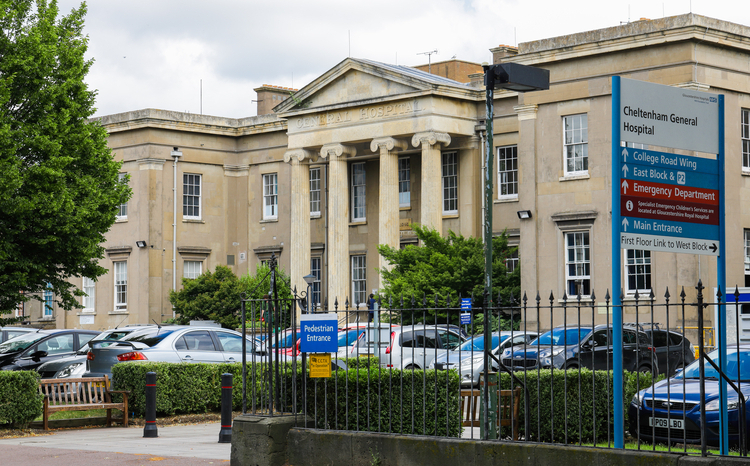Bristol wristbands use GS1 coding
- 2 June 2009
University Hospitals Bristol NHS Foundation Trust has begun rolling out bar-coded patient wristbands across its new Bristol Heart Institute.
The trust has rolled out the wristbands, which were developed in-house, across four wards and a total of 96 beds at the new hospital, which opened last month. There are now plans to implement the bands across the whole trust by the beginning of next year.
Chris Berrington, systems development manager at University Hospitals Bristol, told E-Health Insider that the main driver behind the project was the National Patient Safety Agency’s Safer Practice Notice that says all data on wristbands must be printed by July 2009.
He said: “The NPSA alert was the main driver, but as well as that we are always seeking innovative ways to improve patient care and have a strong desire to improve existing standards across the trust.”
The trust is using GS1 UK’s standardised coding on the wristbands after nominating itself as an early adopter for GS1 in the South West.
GS1 UK has just issued new guidance – Patient Identification on the wristband-coding for success – to support the Department of Health’s Coding for Success policy document.
This has been developed in consultation with NHS hospitals and technology providers. GS1 UK says its standards are now being adopted by an increasing number of NHS organisations, with 190 signed up to deploy coding in a number of applications.
The Bristol implementation followed a pilot earlier this year, in which two large clinical wards began using the new wristbands alongside the old handwritten ones. The pilot involved changing printers and wristband styles to ensure that the most efficient method was used.
Berrington added: “Because we developed our own software in-house we now have the basic fundamentals to expand and enhance the whole process wherever we want.
“We have ideas in the pipeline to have a system to identify exactly where the wristbands are being scanned in the hospital so overall efficiency is improved. We are also contemplating improving the identification of patients by taking digital photos of them when the band is printed.”
Berrington continued: “GS1 supplied us with the standard on what to encode in a machine readable format and the document specification on what should and should not be encoded.”
Roger Lamb, GS1 UK’s healthcare manager, told EHI: “If a wristband can be scanned it is much more accurate, reliable and information can be transferred very easily. The theme of the right patient and right care can really come to fruition.”
Airedale NHS Trust has now also agreed to become an early adopter for the coding guidelines.
Links: GS1 UK




